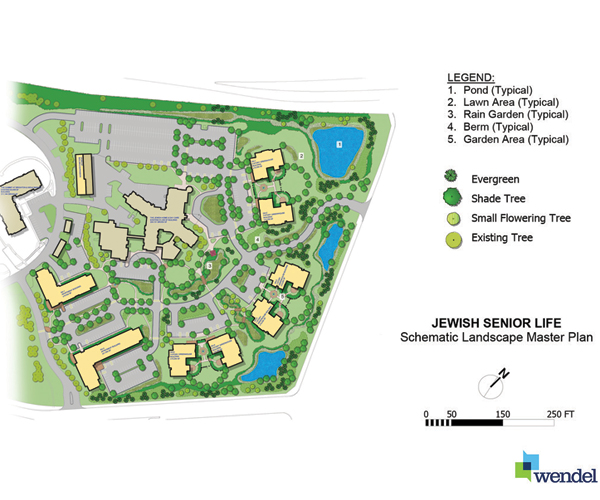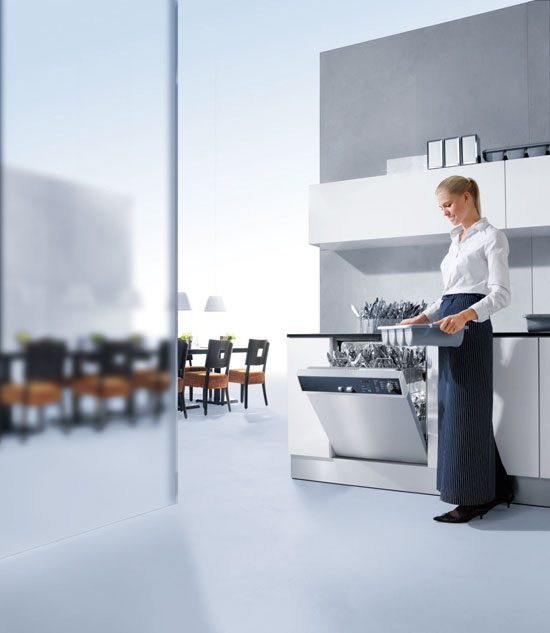Shifts in Healthcare Design Create Demand for New Products
The most telling article focuses on a new awareness of sources of HAIs. Craig Zimring, Ph.D., et al report that HAI prevention has focused primarily on improving clinical practices. But that recently there has been growing recognition by both the infection prevention and design communities that the built environment—including fixed components that healthcare workers, patients, and families touch or interact—is an important component in the transmission of pathogens. (A review of articles relating to surface contamination and the spread of infectious pathogens was published in 2012.2) As Steinberg et al found, “the failure of routine cleaning to remove pathogens from the environment is not due to ineffective disinfectants, but rather to the lack of strict adherence to cleaning protocols.”
Design professionals would do well, therefore, to evaluate every cleaning system in terms of their applicability to the shifting trends in healthcare delivery. Do they serve home-like long-term care facilities and smaller-scale ambulatory surgery centers? Does their return on investment make budgetary sense? Is there evidence of sustainability and contribution to USGBC Leadership in Energy & Environmental Design (LEED®) Healthcare certification? Above all, do they help prevent HAIs? There are a number of cleaning systems on the market that meet these criteria.
Dishwashers
After decades of long-term care providers opting for the code-compliant, multi-floor, hospital-like model, there is a changing trend towards smaller-scale facilities that build out rather than up. In a literature analysis of long-term care facility design in terms of both physical and psychological needs, Wang CH and CUO NW3 found that creating a home-like environment was the top priority in long-term facility design, followed by Universal Design concepts and clustering living units to replace hospital-like wards. More and more providers are adopting the Green House® Project model that is transforming the culture of long-term care. A Green House home is created from the ground up to foster the same feeling and experience found in a real home. Each home is designed for 10-12 residents who have private bedrooms and bathrooms, a kitchen, dining room, and spaces for socializing. An innovative staff model gives residents four times more contact and reduces staff turnover. Research funded by Robert Wood Johnson Foundation that focused on quality of care, quality of life, and cost of care found that hospitalizations and total Medicare and Medicaid costs per resident were less than those in traditional nursing homes.

Image courtesy of Perkins Eastman
The campus plan with new low-rise buildings for The Jewish Senior Life in Rochester, New York, was designed by Perkins Eastman, a firm known for its innovative work for senior living and which created the Green House® prototype design package.
Yet, despite the commitment to a residential kitchen, providers and design professionals still face the problem of specifying code compliant home-scale kitchen appliances. Dishwashers that are American Disabilities Act (ADA) compliant and NSF/ANSI 3 approved for sanitization and answer the design and practical needs of a residential-scale kitchen that serves 20 or fewer residents are the major challenge.

Photo courtesy of Miele Professional
Example of under-counter residential scale dishwasher that meets NSF sanitation requirements.
NSF International is accredited by the American National Standards Institute to develop voluntary standards for public health and safety. NSF/ANSI 3 covers commercial warewashing (the cleaning and sanitizing of equipment and utensils). Most commercial dishwashers are tank systems, which recirculate dirty water until the final rinse and use caustic chemicals to achieve sanitation. Moreover, many NSF-certified commercial dishwashers have a 90-second wash. They sanitize rather than wash, so dishes must be sprayed down before being put in the dishwasher.
Dishwasher noise is also a factor. Since most continuing care retirement communities' (CCRC) residents have hearing issues, a quiet environment is critical. “Sound is such a major factor of the environment. Background noise is distracting from people's concentration, conversation and socialization,” says Constantine L. Tsomides, NCARB, AIA, principal/CEO, Tsomides Associates Architects Planners, a leader in the planning and design of senior living facilities. “An architect can design a beautiful space, but if the place isn't quiet, and if the appliances and equipment are noisy, that's going to detract from the comfortable ambience of the environment.”
One high-end model, the only NSF/ANSI 3 approved/ADA-height compliant freshwater commercial dishwasher, uses fresh water intake for each new fill with no need for caustic chemicals or fear of cross-contamination. Its high temperature final rinse meets sanitation requirements. Other features are its 25-minute cycle based on 140°F hot water connection and its quietness rated at around 5 dBA.









